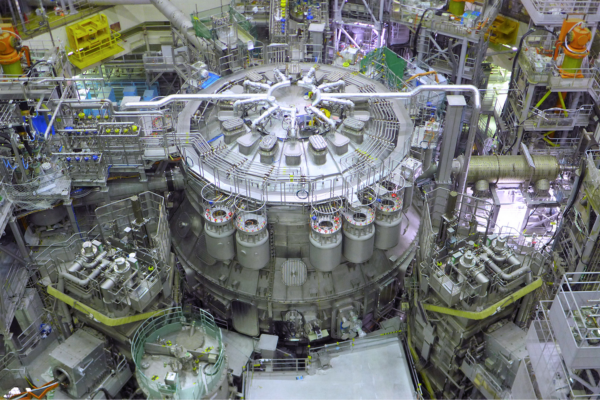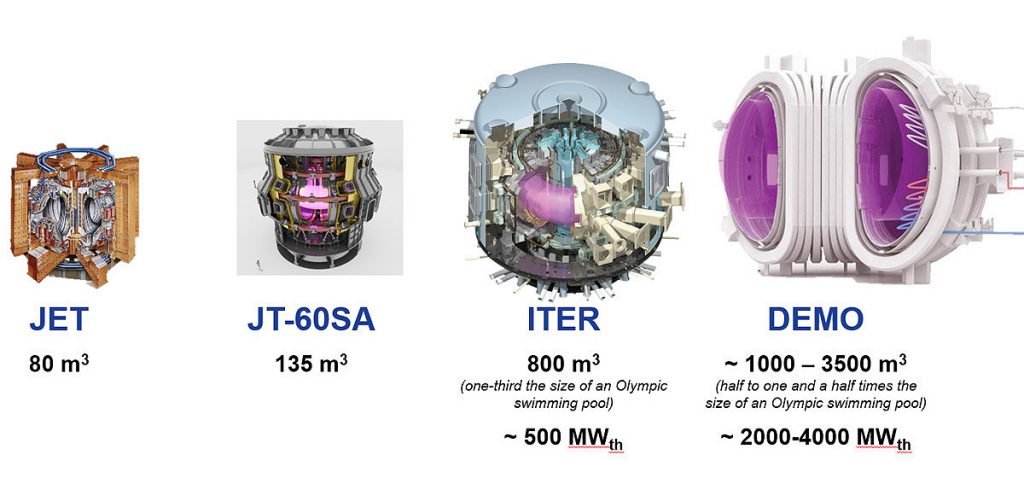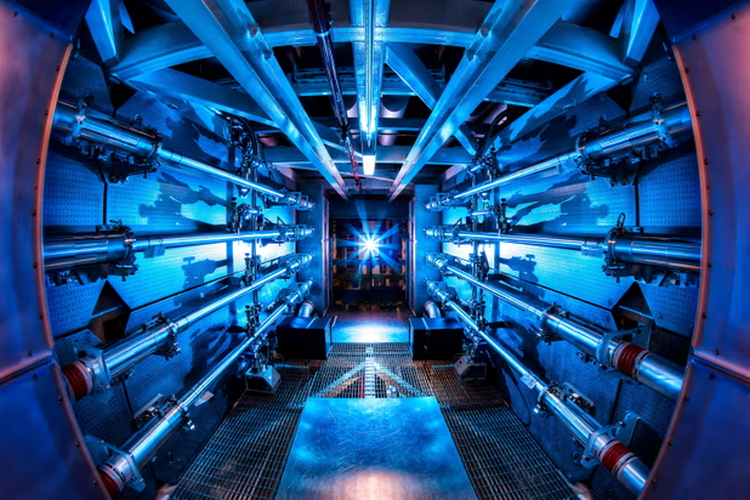Japan has officially launched the largest experimental nuclear fusion reactor in the world. The JT-60SA reactor is a new experimental platform that aims to harness fusion energy, a renewable energy source that is generated when atoms fuse together under immense pressure and incredibly high temperatures. Unlike conventional nuclear reactors, this technology does not pose the risk of a nuclear meltdown.

The generation of fusion energy does not produce carbon dioxide – making it an important technology in the path to net zero emissions. The fusion reaction is intrinsically safe: it stops when the fuel supply or power source is shut down. It generates no high-level long-lived radioactive waste.
Because of these characteristics, fusion qualifies as one of the next-generation energy sources that simultaneously addresses energy supply and environmental challenges.

Japan’s latest reactor is six stories high and can heat plasma to a blistering 360 million degrees Fahrenheit inside its donut-shaped “tokamak” chamber. It’s meant to lay the groundwork for the even larger International Thermonuclear Experimental Reactor (ITER), which is currently being constructed in France.
The inauguration follows the announcement by Lawrence Livermore National Laboratory researchers that they have achieved a net energy gain using a fusion reactor that operates differently from ITER and JT-60SA, utilizing the largest and most powerful laser system.

In August, the team announced that they had accomplished the achievement again. However, it is still uncertain if these experiments are truly a significant advancement because the outcomes have not been carefully examined by external specialists.
After years of research, we have made only small advancements in reaching the goal of producing a significant amount of net positive energy through fusion. It is uncertain whether this new facility will bring us closer to a practical solution.
Reference- The Guardian, Futurism, Popular Science, Interesting Engineering, European Commission PR






